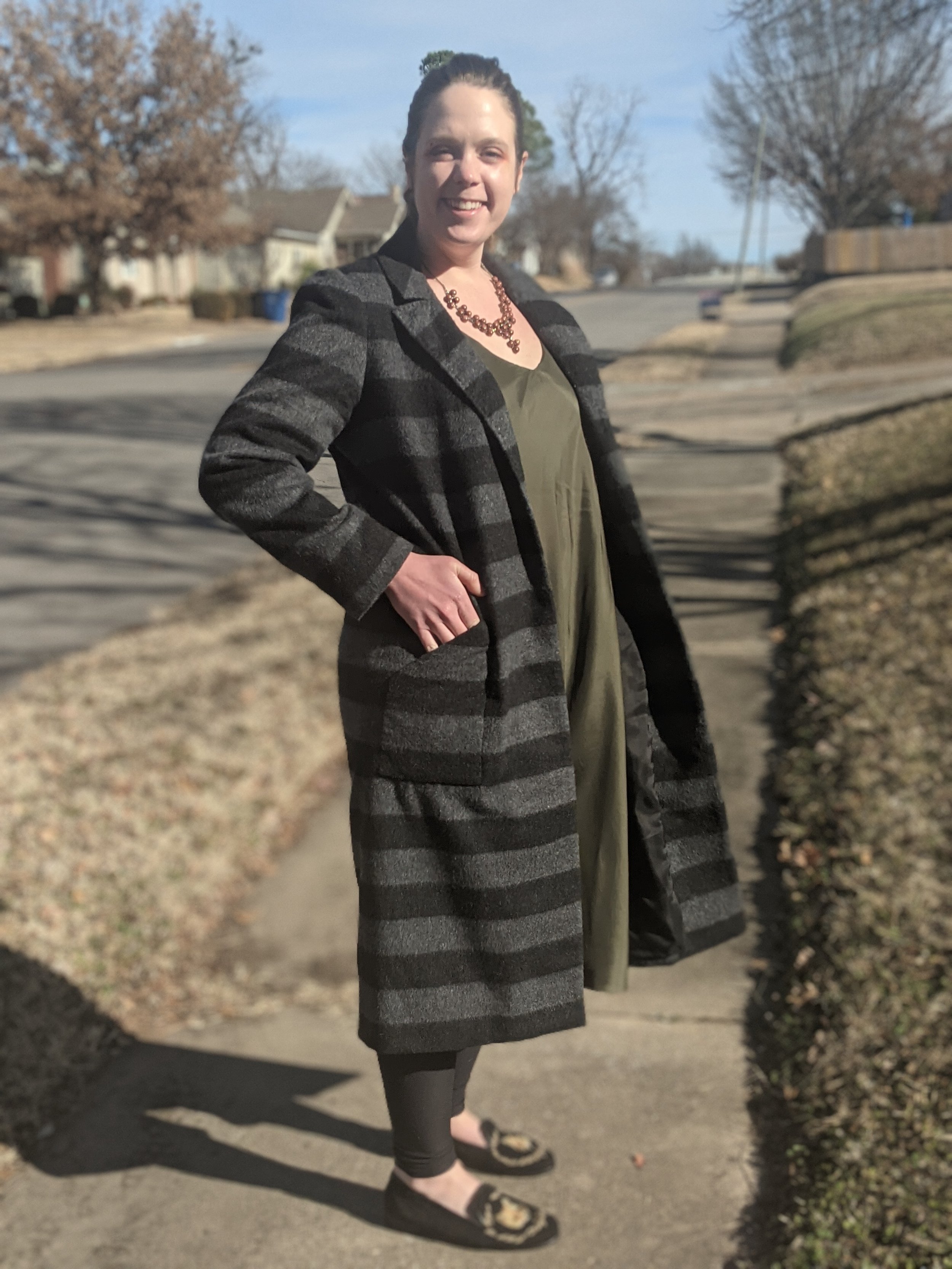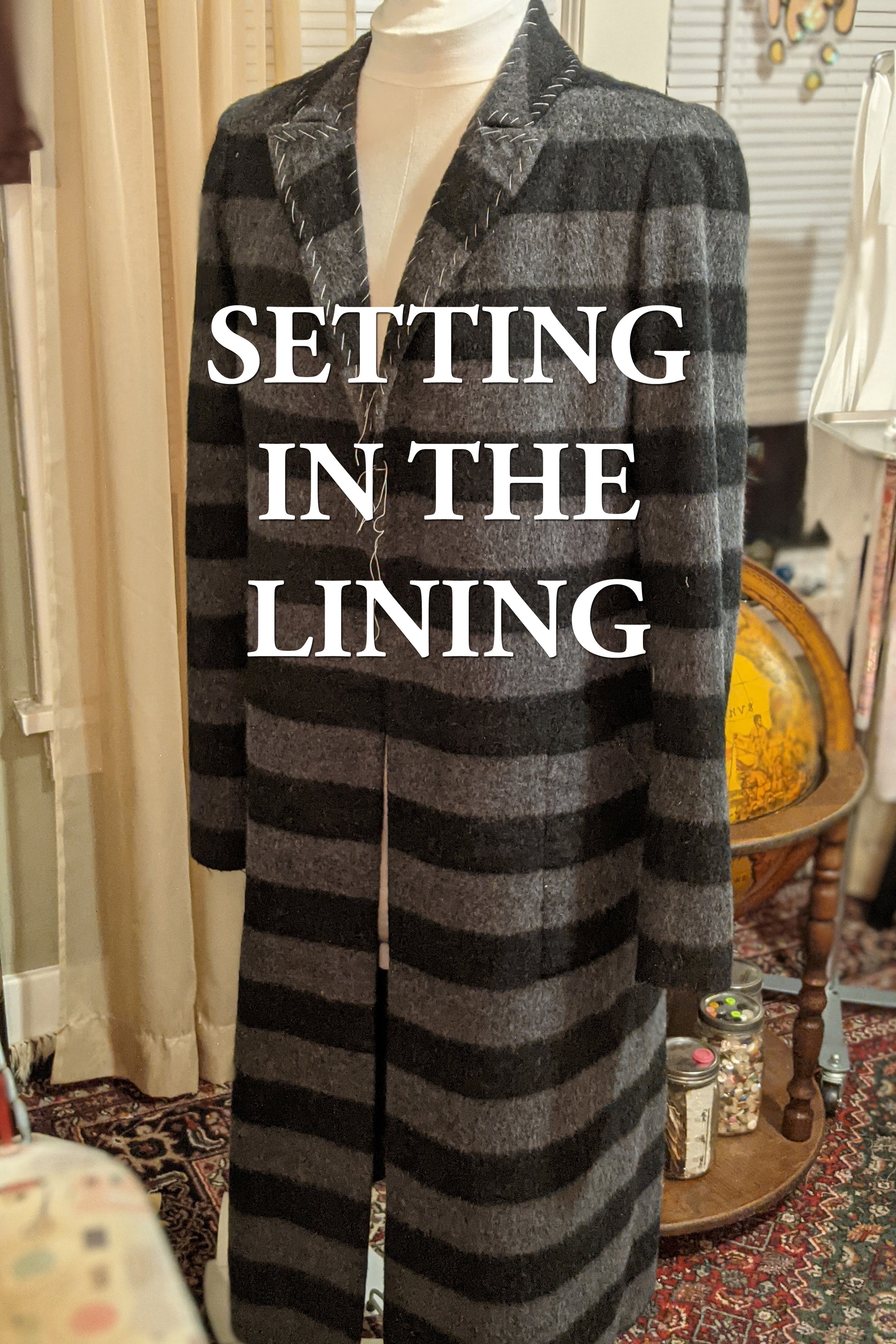Making a bespoke wool and angora jacket using couture tailoring techniques.
A luxurious treat of the finest materials. An invitation to practice handcraft tailoring at an advanced level. An appreciation of the quality, craftsmanship, and mystique of old-school couture tailoring. This series of Instagram posts and stories shares progress, insights, and commentary along the journey.
Tailoring in its pure form is the base for all other sewing.
A tailor can make a dress, but a dressmaker cannot make a tailored jacket. These traditional hand techniques are a challenge to resource outside of a professional apprenticeship. A personal development challenge of mine during the pandemic was to advance my sewing skill set to the highest level and construct garments of surpassing complexity. After all, these elegant construction skills can be applied as-needed to any other realm of sewing. Now every project has this experienced understanding of quality woven into it from the very development.
Sourcing history for a modern look.
I wanted a “coatigan,” so I chose a 1929 pattern for its simple, straight lines, narrow lapels, and unfussy look.
Developing a sleeve.
A two-part sleeve pattern allows a more articulated fit to suit the natural shape of the arm at rest. The changes also allow for more wearing ease to be adapted into the garment as the vintage pattern was designed for much smaller biceps. My followers enjoy frank discussions about the design thinking that goes into making garments that fit a real and perfectly imperfect body and how making clothes is a form of self acceptance; through these iterations I am composing a love letter to my body.
Bespoke pad stitching.
Multiple elements of horsehair canvas are developed in the patterning stage and hand-stitched into the chest piece of the garment. Follow the link below to see the Instagram content explaining how these elements work together. My viewing audience does not necessarily want to learn how to make their own bespoke jacket, rather they want to be shown the purpose and motivation of these time-honored but rarely-practiced construction techniques. Why are there so many elements and what does each of them do?
Challenging Construction.
My viewers especially like being shown the many design considerations that go into the construction of a complex garment. I make sure to level-set and include details for my followers with zero sewing knowledge. Seeing the points in the process where precision comes into play is particularly impressive and puts into perspective why such careful planning is required.
Setting in a sleeve.
Clean, crisp set-in sleeves are a defining feature of a well-made suit. Steam is a tool of couture workshop used to shrink fabrics and reduce volume; it is curious that a defining drawback in the modern era of machine washable clothing is an important feature in the expert fitting and coaxing of a 2-dimensional material to take shape of a 3-dimensional form. Steam-shrinking and shaping expertise come from years of practice so my content on the subject is exploratory.
The anatomy of a couture hem.
Being able to see inside a garment to what details go into something as simple and ubiquitous as a hem is an engaging subject on my Instagram. In this post I give an overview of the characteristics of a clean hem as well as the specialty hand stitches and materials required to achieve this level of construction.
The Complete Look.
Sewing can be economical, sewing can be done cheaply, and yes sewing can save you money. But, it frequently does not even pretend to be anything but a hobby that you pursue to enrich your day.
This project is a treat and I really enjoy making the occasional couture garment.
$108 of fine wool and angora fabric (retail on that fabric from a fine fabrics store and not a jobber would be closer to $300). $28 worth of silk habotai for lining. Horsehair canvas $??. 3 piece ensemble sewing pattern (I've only made the coat) $32. Hours of research. Hours of rough draft fitting garments. Hours of hand stitching.
I’ve ended up with a fine garment which breathes beautifully and has subtle understated details. I feel that it is Scandinavian chic in its simple, dark, luxurious appeal.





























